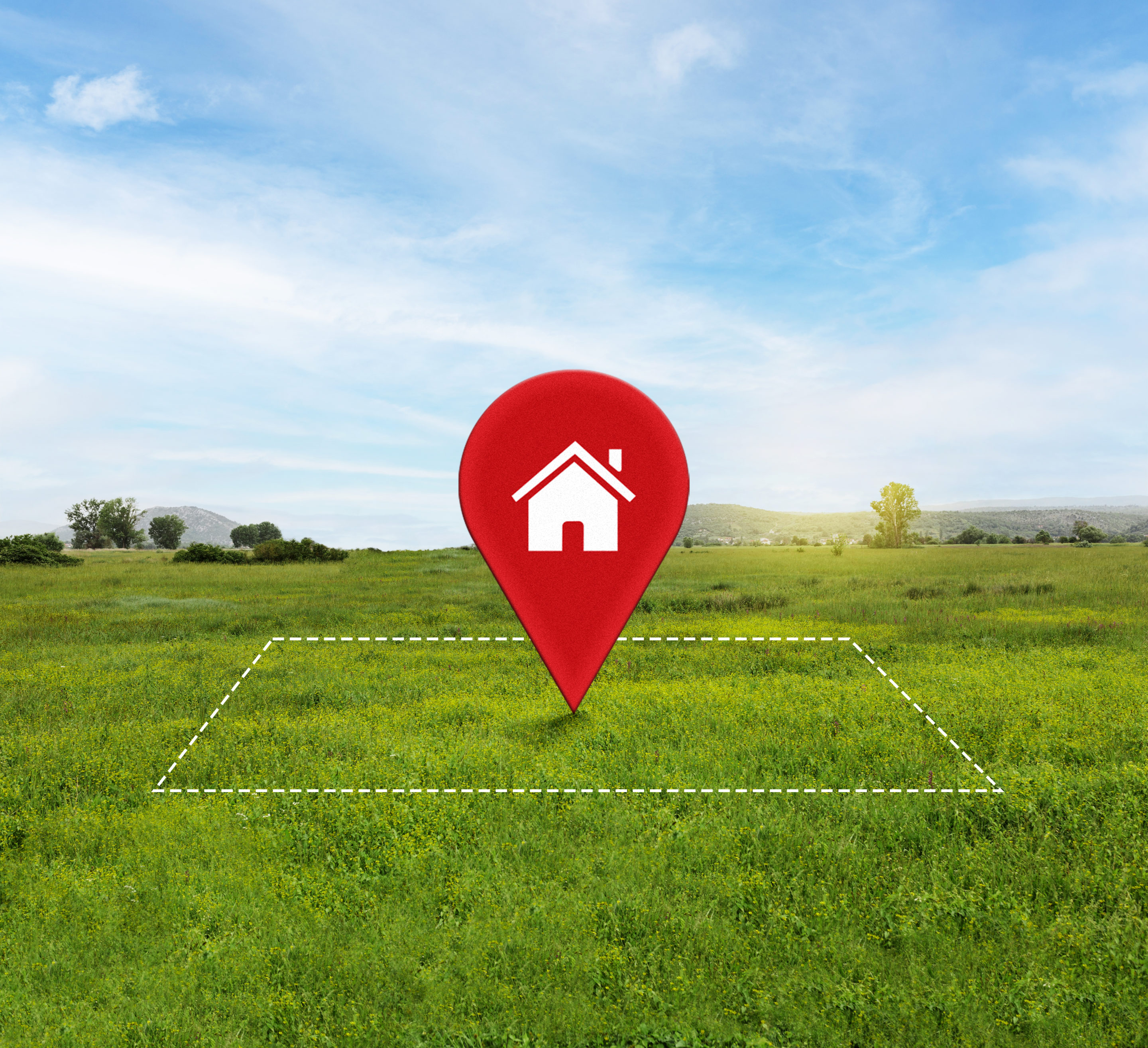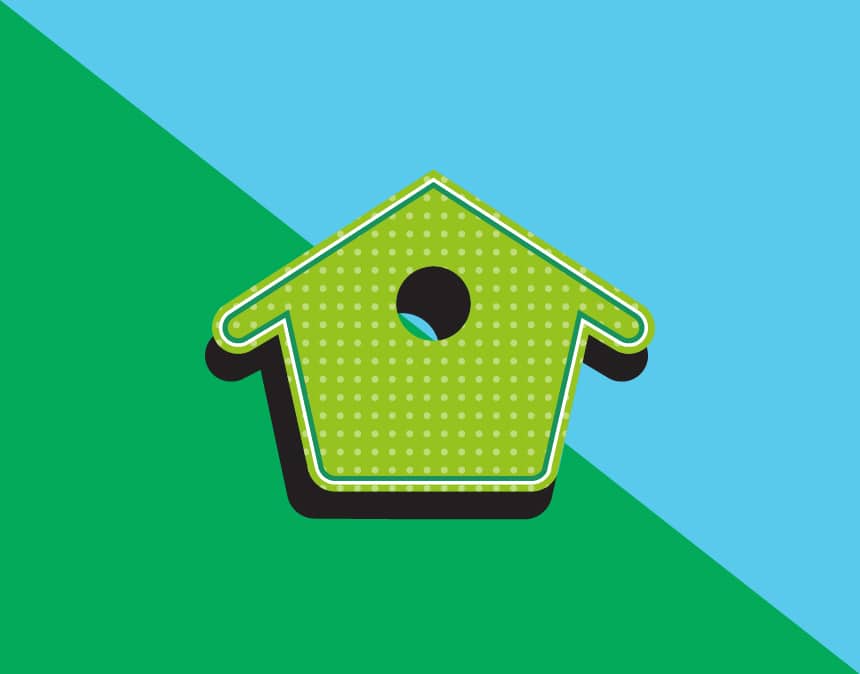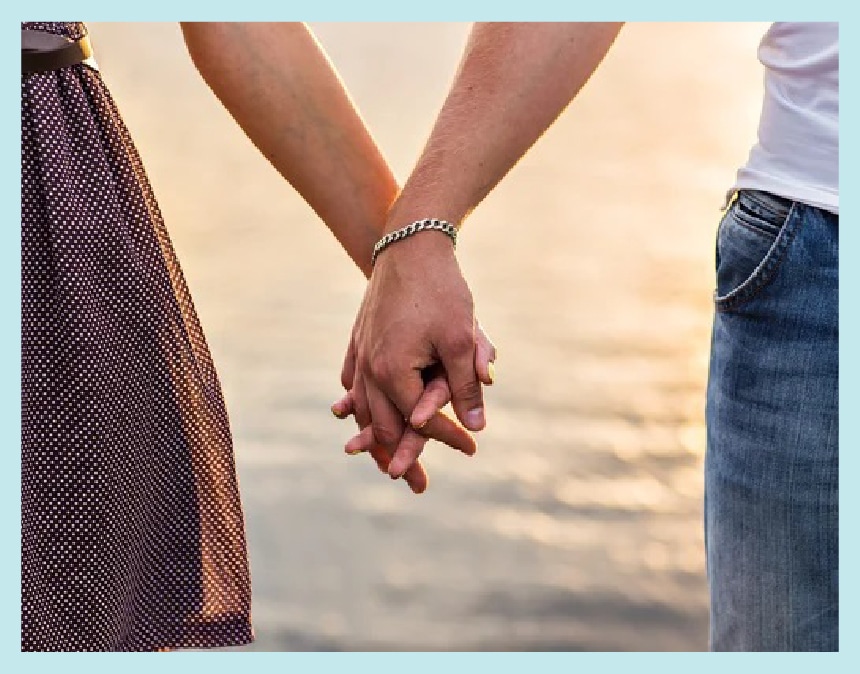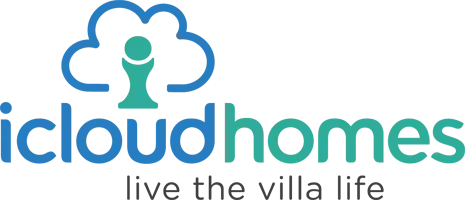You know how sometimes you can just look at a room and know that something is missing?
All the components of a complete design are there – color scheme, furniture, décor items – but the entire room just feels a little flat. If this scenario feels familiar, you are not alone and we might just have the answer you need: texture.
The texture seems to always be an afterthought when it comes to interiors and we would like to change that.
We all want our homes to look as great as we know they are whether it falls into any category like budget homes or a villa in a gated community or apartments.
The best way to ensure your home makes a lasting impression is to keep the outside looking sharp.
A quality exterior paint job is the most important step to creating an overall curb appeal.
Make sure you go with a color that best fits your home’s overall aesthetic, and fits nicely with the landscaping of the property.
Texture painting gives an extraordinary look to your house.
It is a very popular type of paint to cover drywall.
The paint has a heavy consistency and consists of grains of sand and/or gypsum which is bound by a water-thinned binder.
The use of texture paint creates a roughly patterned effect on the wall.
The heavy consistency and thickness make it useful for different applications and for different reasons, like covering joints in drywall and painting drywall without priming.
Wall texture painting is easy to apply if we oversee the existing condition of the wall surface.
For example, we can apply a better texture over wallpaper if it is not so dark.
Always need to check such circumstances to recheck the quality of paint applied over the wall before spraying the texture paint.
Why texture paint
Textured paints provide excellent protection against changes in the atmosphere; withstand fairly well extremes of heat, cold, and rain.
These paints contain special additives which provide good protection against Alkali and ultraviolet rays.
The paints are extremely resistant to Fungs and Algae, peeling, flaking, and fading and stay bright.
Textured paints are thick enough to cover minor defects, uneven surface damage, and imperfections in walls and add a fresh look to the beauty of walls/surfaces.
· Enhanced durability
· Better looks
· Covers cracks and defects on walls
· Low maintenance
· Strong in nature
· An alternative to wallpapers
· Decorative in appearance
· Needs less maintenance
· Protects against Alkali and ultraviolet rays.
· Cover uneven surfaces and imperfections in walls
· Available in metallic finishes gold, silver, and copper
What are wall textures?
While most people opt to simply paint their walls a different color or to apply colorful wallpaper, there is another option available.
This option is textured paint.
Textured paint immediately adds depth and dimension to interior walls.
Textured paint is made of additional materials that mimic a texture when applied to flat surfaces.
These textures can range from grainy finishes to faux finishes that leave a raised impression on the wall.
Additionally, different additives and different application techniques result in various effects after the paint has dried.
One very common additive is sand particles.
Other additives include crushed stones and synthetics like crushed silica.
There are also spray-on, aerosol variations of textured paint for a very easy application.
These are great for accent walls.
Textures are special effects for walls. Using special texture paint and tools, well-trained painters create these patterns on your walls.
Generally speaking, there are three steps to creating a texture.
1. Prepare a suitable base using putty application and primer.
2. Apply a base coat of paint.
3. Apply the special texture paint or paints
4. Create a texture effect using the required tool. Tools can be brushes, sponges, spatulas, and even special texture rollers

Using a combination of base coat shades and top coat colors and types different looks can be made of the same texture.
How to pick textured paint?
These textured painting ways add a textured look to the beauty of walls.
You can create design patterns according to your liking but it is very difficult to select design patterns as it comes with a few options.
To obtain good ideas about texture patterns or designs, the best way is to look at model houses, go through magazines or pick sample cards showing different finishes available with paint dealers.
Types of Drywall Textures
Commonly, there are two types of drywall textures, they contain sub-types as well. Below is a list of different types of drywall textures –
Hand Applied Drywall Textures
· 1. Skip Trowel
· 2. Hawk and Trowel
· 3. Slap Brush Texture
· 4. Santa-Fe Texture
· 5. Swirl
· 6. Rosebud Stomp etc.
Sprayer Applied Drywall Textures
· 1. Splatter Knockdown
· 2. Orange Peel
· 3. Popcorn
Detailed information and images of different types of wall textures are as follows.
Hand Applied Drywall Textures
Drywall textures offer a huge variety of looks.
Even if they are provided with similar tools and materials, Texture patterns on drywall will vary from one painter to another.
Since this wall texture paint is applied by hand, design details will differ and every project will look unique.
This technique uses specially designed brushes and knives to create patterns with drywall compound (a combination of primarily gypsum dust and water) to give texture to otherwise plain walls.
Some common hand-applied drywall texture techniques are explained below:
Skip Trowel
Image Source: texturemaster.com
Skip towel is the easiest and simplest to achieve because we create random patterns in this textured painting.
It’s a very popular texture to conceal flaws in walls or to conceal exposed drywall tape.
Hawk and Trowel
Hawk and Trowel refer to the tools that are used to create the texture.
The Hawk is a flat plate with a handle underneath.
Plaster is placed on the center of the hawk in a mound and a flat rectangular trowel is used to apply the plaster to the wall of the hawk.
Due to these tools, the Hawk and Trowel interior wall textures tend to have more straight-line designs and several layers of texture rolling over one another.
Slap Brush Texture
A wall paint texture using a ‘crows-foot’, ‘panda paw’ or ‘stomp’ brush is known as Slap Brush texture.
This is a good solution either to hide wall imperfections or to bring out a fresh distinctive look for walls.
As with any other drywall texture technique, the first drywall compound layer should be smoothly rolled onto the surface then, a brush is used to create the design by slapping, stamping, shaking, twisting, or sweeping.
According to the type of the brush and the way you handle it, wall texture designs may vary.
Sprayer Applied Drywall Textures
Apart from the hand-applied technique, another way includes a sprayer to create a different type of wall.
Sprayer-applied drywall texture designs are inexpensive and easy to apply.
Moreover, this technique enhances the durability of the walls.
The wall paint texture is applied with an electric or gas-powered sprayer.
The texture material is pumped through a long hose with the support of an air compressor.
The resulting wall paint texture design will vary depending on the air pressure, spray gun nozzle type, and material.
Some common sprayer-applied drywall texture designs are explained below:
Splatter Knockdown
Splatter knockdown requires more effort than a lot of other textures because of the need for several steps.
Before applying the wall paint texture, the wall should be coated with two coats of primer before the texture material is sprayed over it.
When the texture material is somewhat set, the surface is smoothened with the use of a large flat knife.
It is ideal for new construction as it can get very messy during the application.
Orange Peel
As the name implies Orange peel texture resembles the skin or peel of an orange with a bumpy surface.
The application of orange peel interior wall texture is very similar to splatter knockdown wall texture design.
However, orange peel requires consistency in application to give the desired elegant look without having bigger blobs here and there.
Once, wall texture paint is sprayed it doesn’t need to be smoothed, instead once it is dry, applying primer and one or two coats of paint over it would give the desired color and look.
Popcorn
The appearance of popcorn texture painting is like popcorn, hence the name.
The addition of styrofoam to the paint helps the texture to get a fluffy appearance.
Application of the paint with regular painting tools is hard. It needs a special texture sprayer with large nozzles for the application.
This paint is very thick and covers many imperfections on the drywall and gives a perfect finish.





